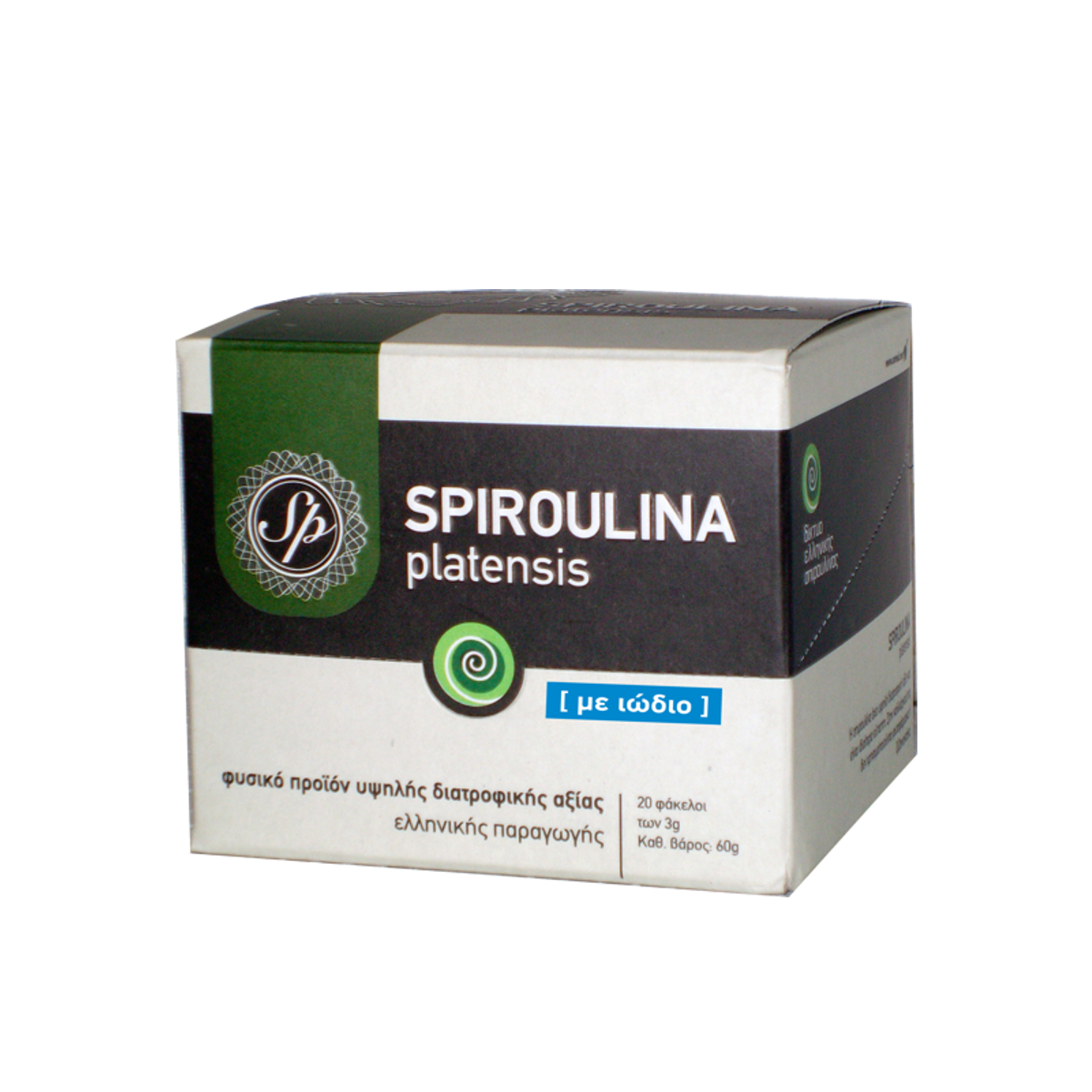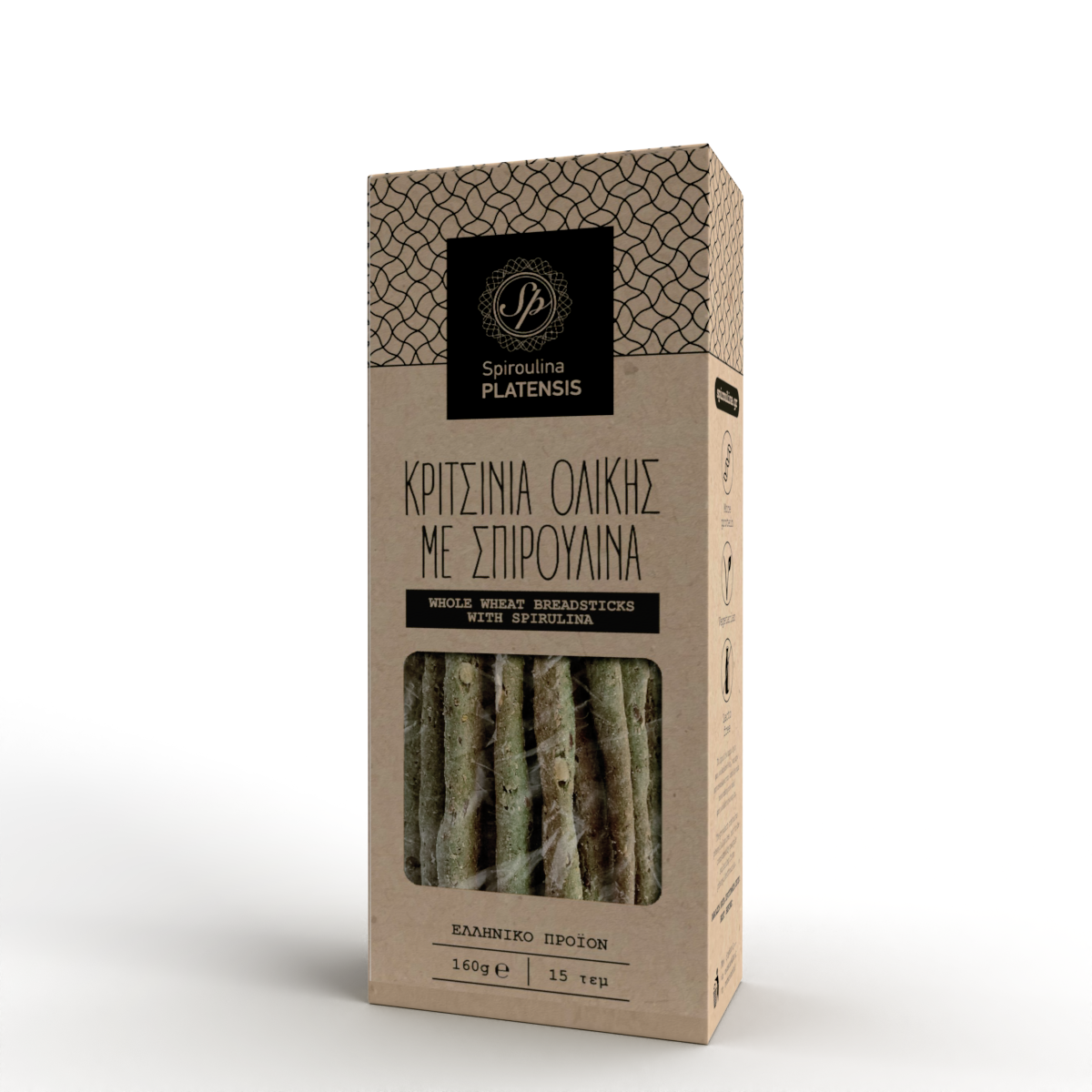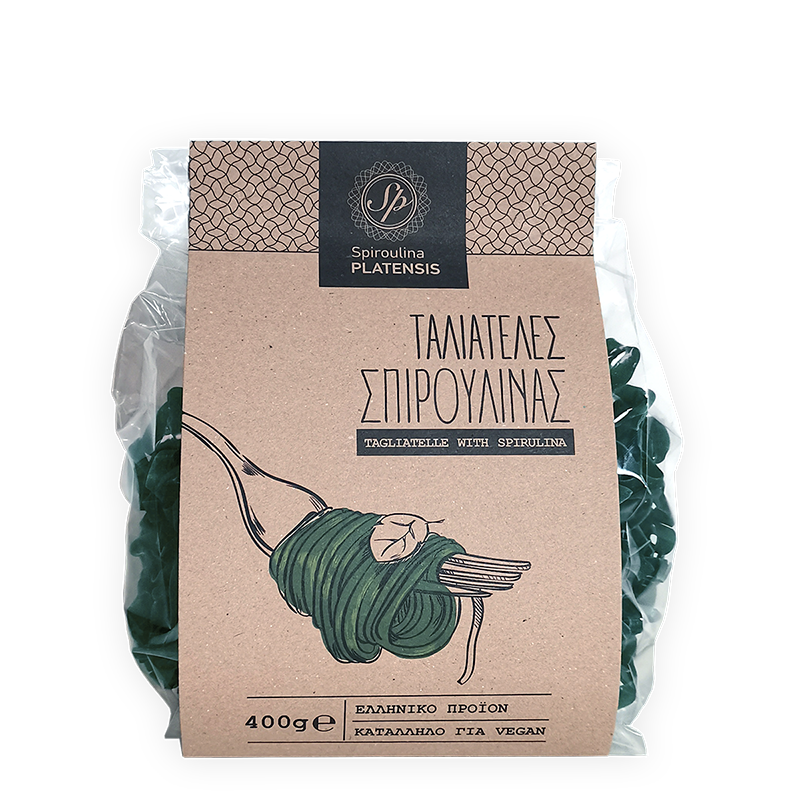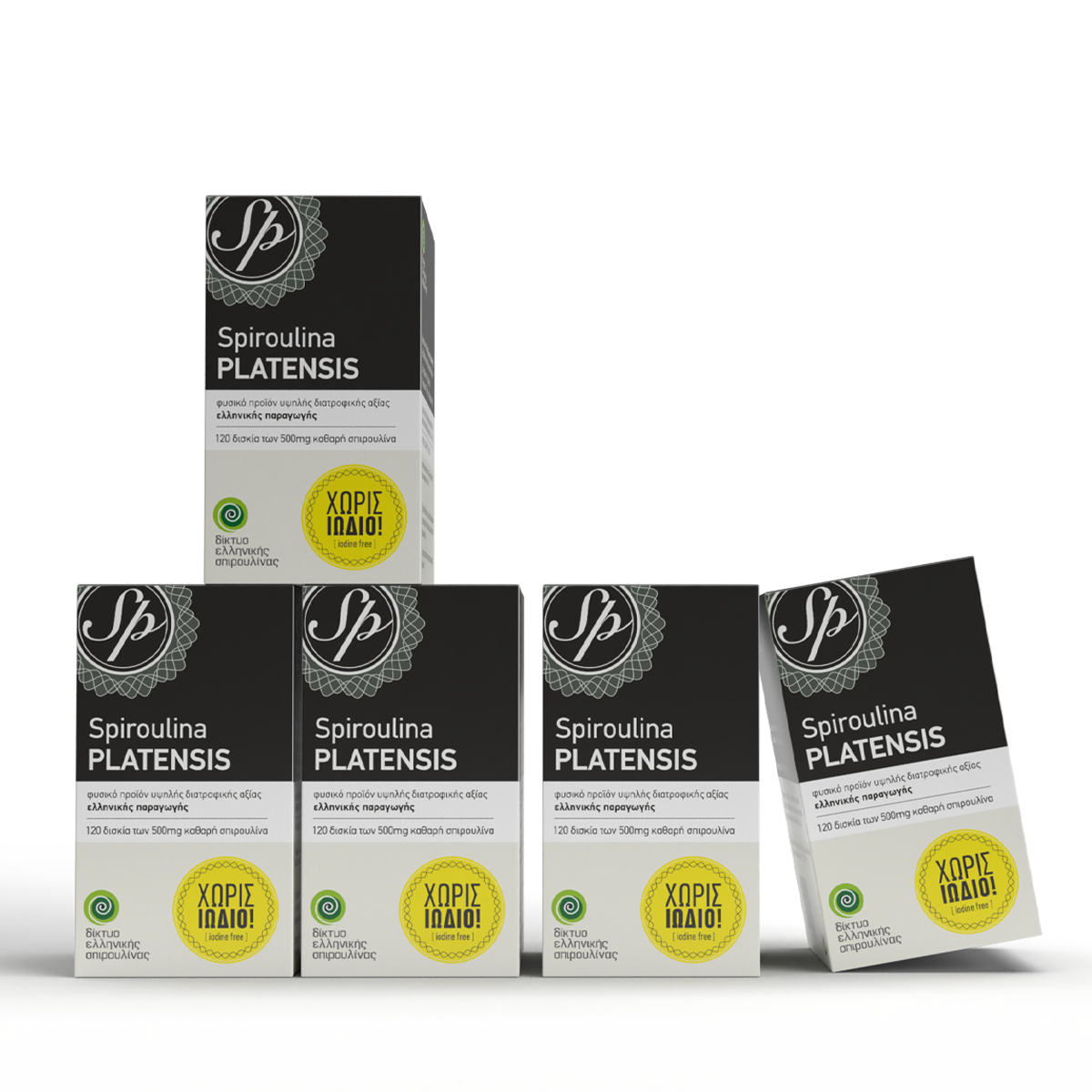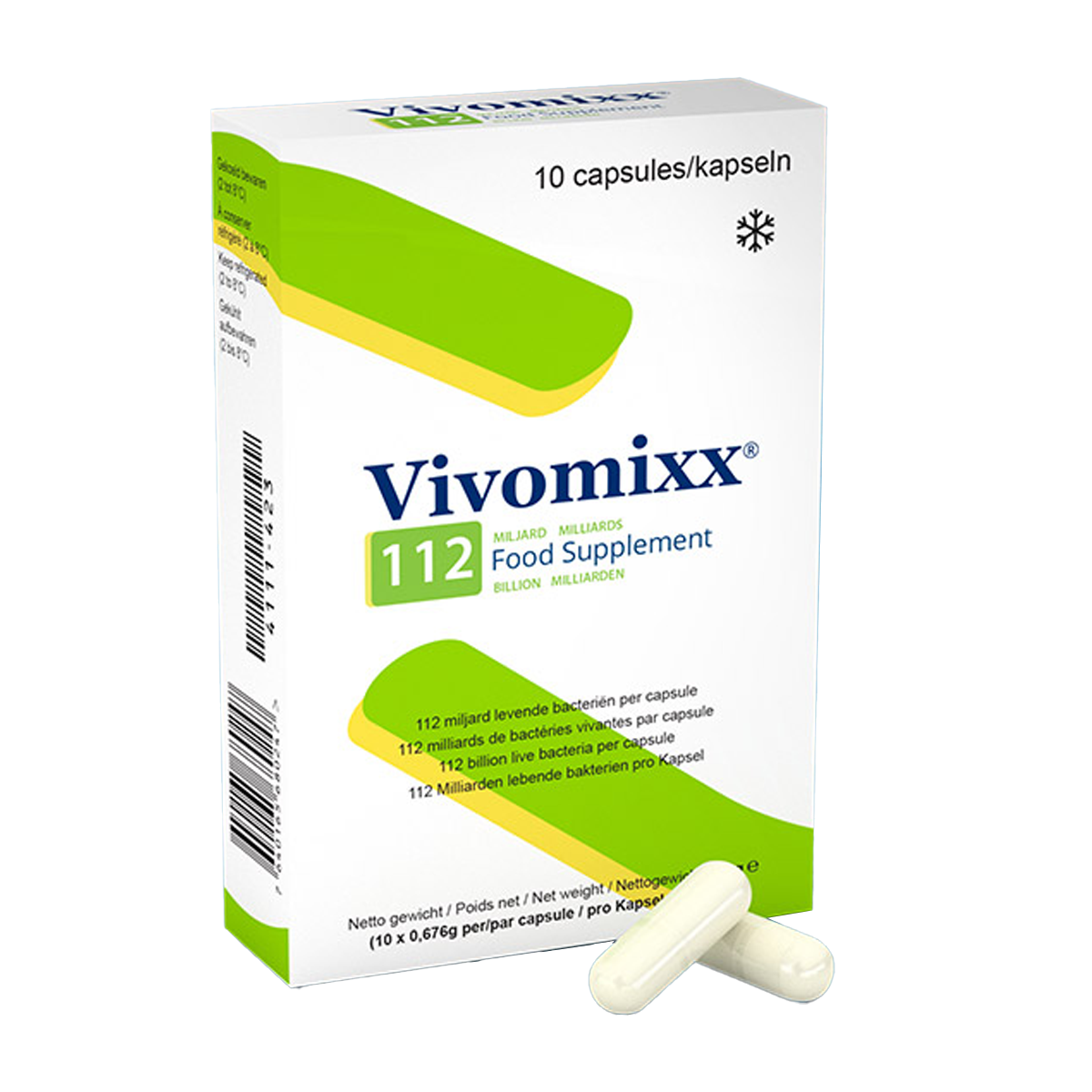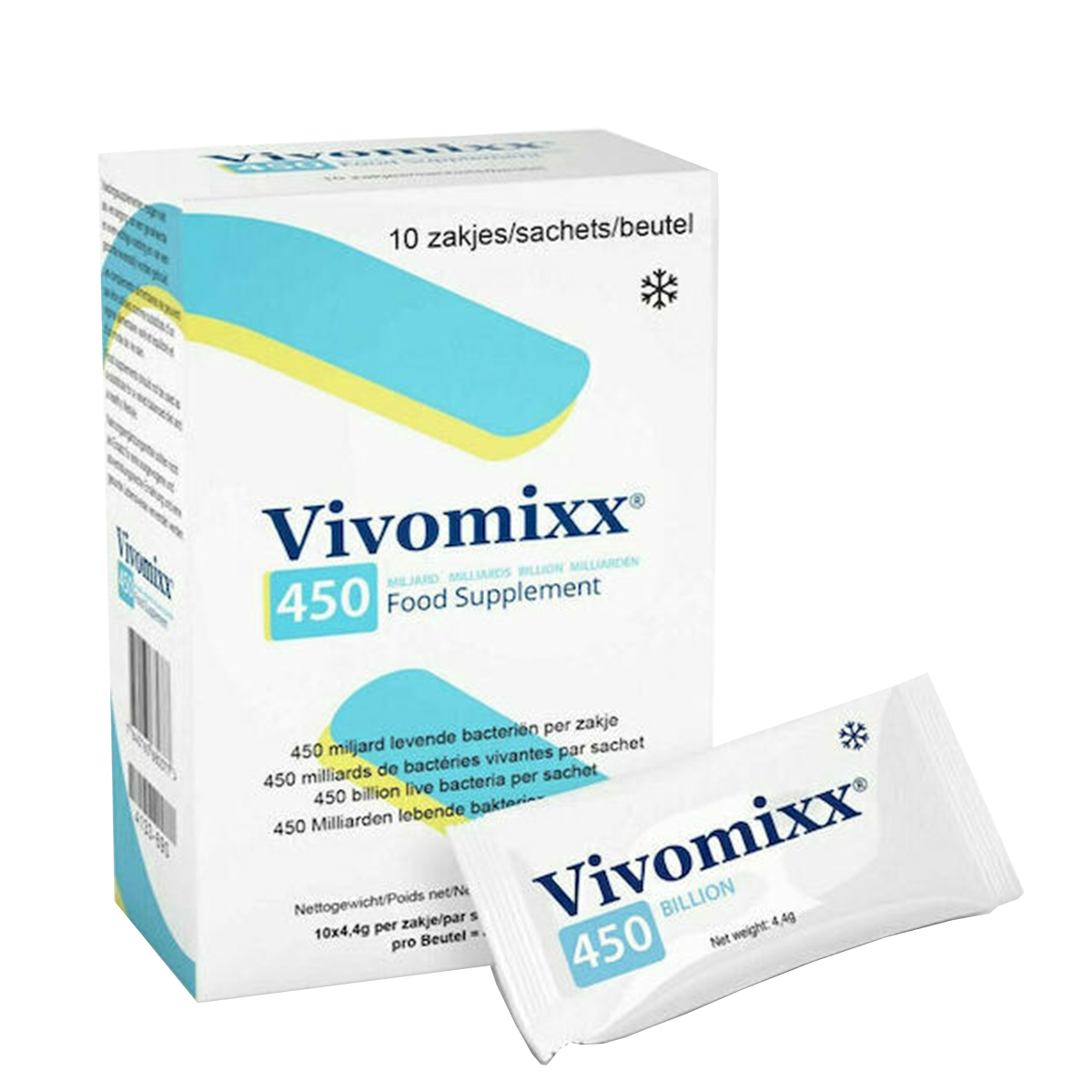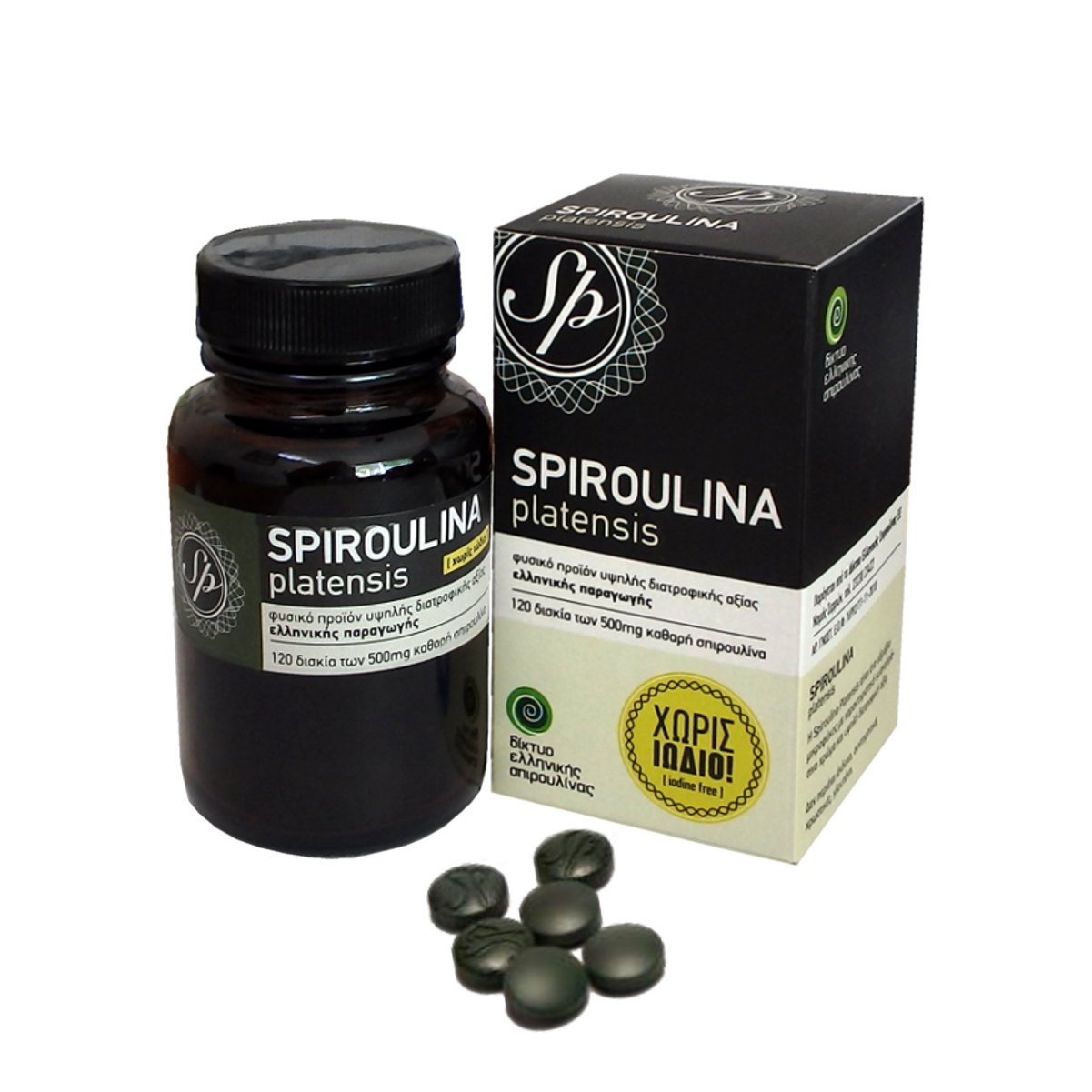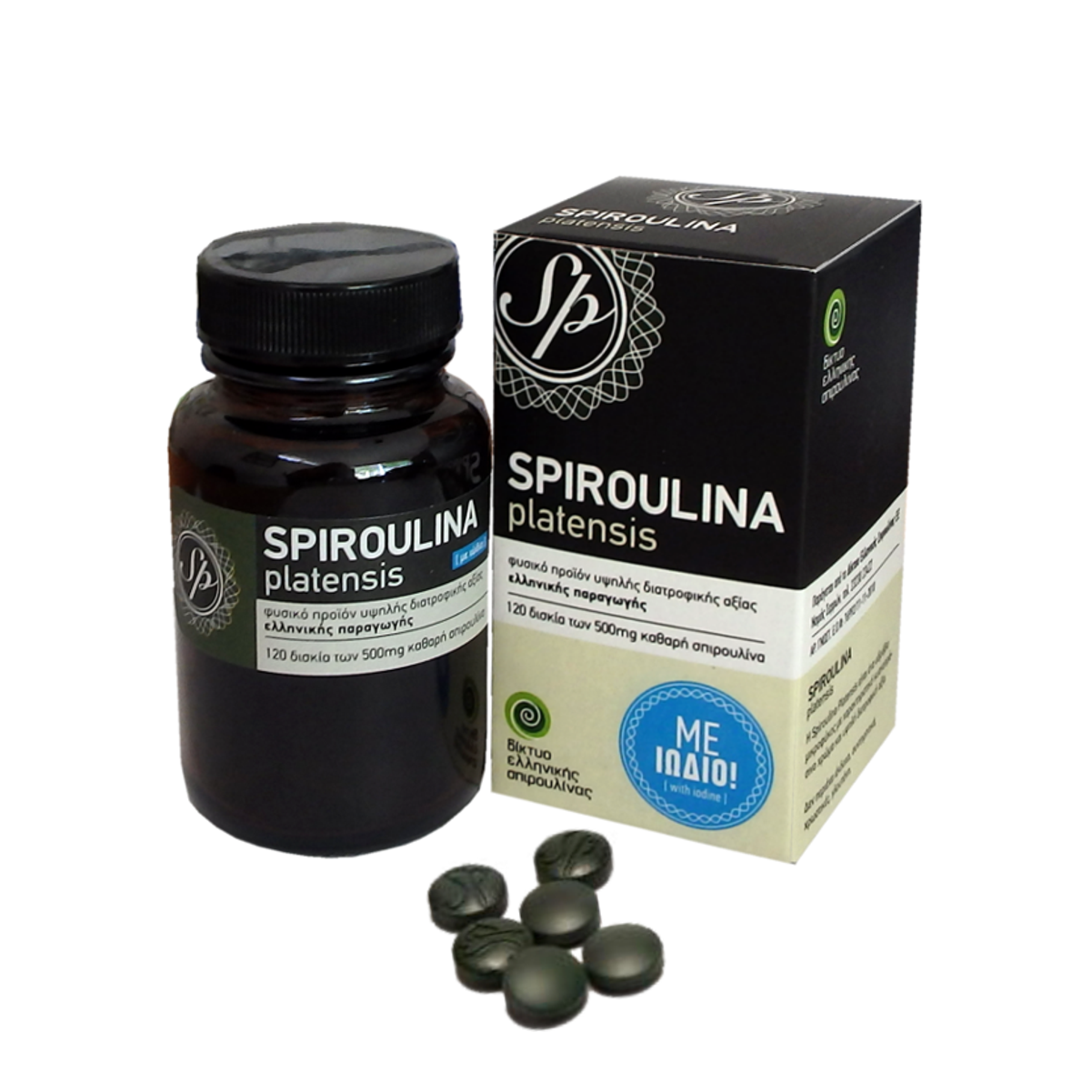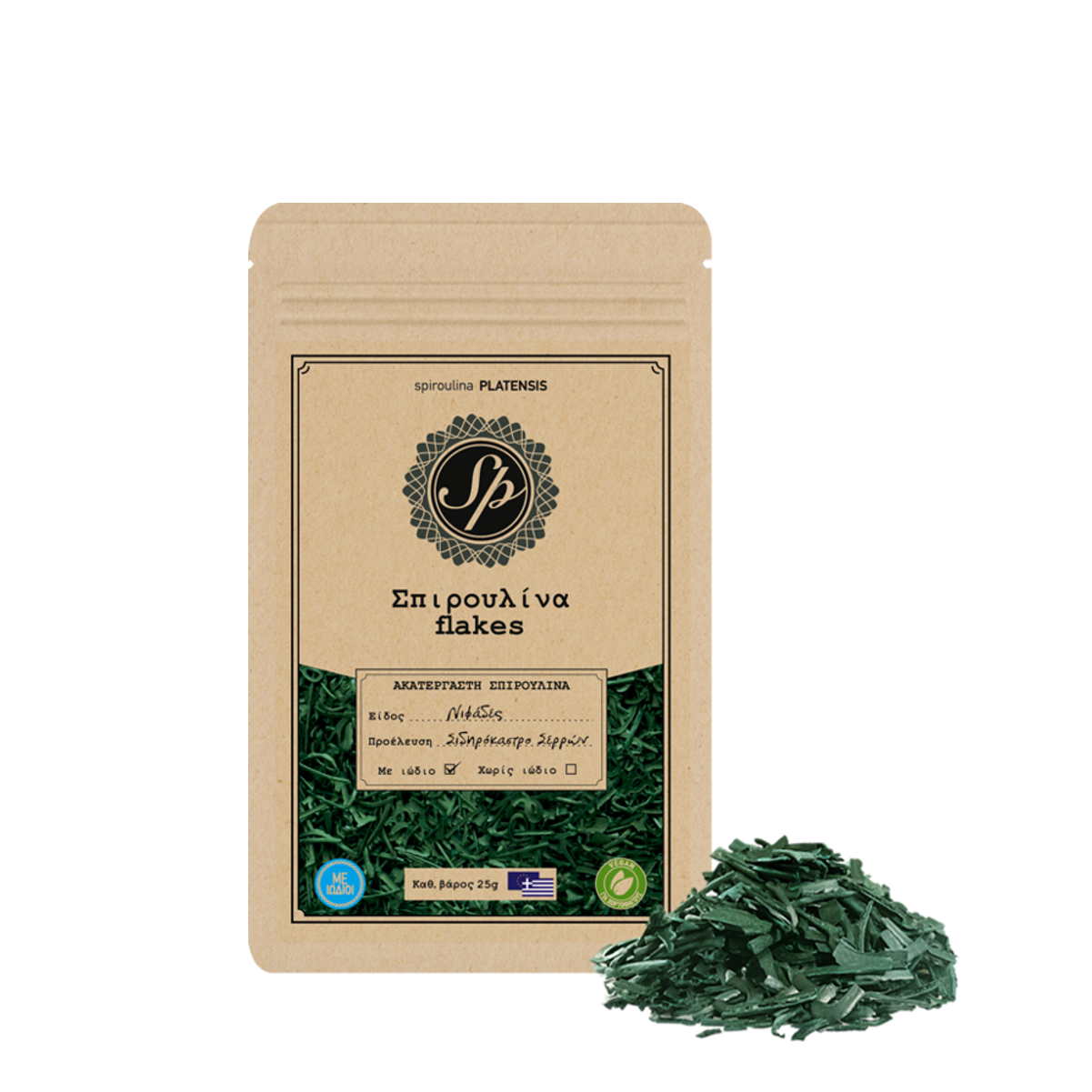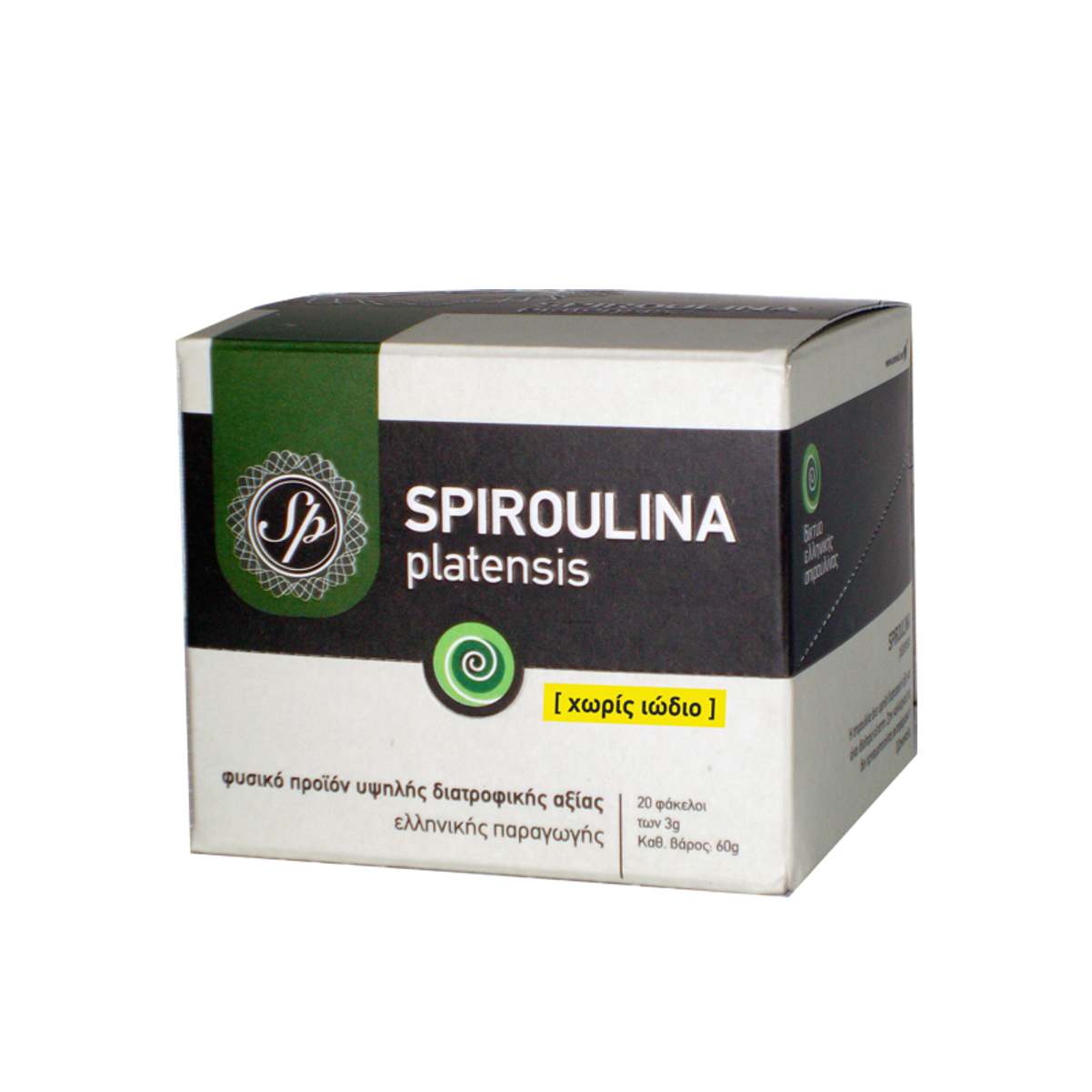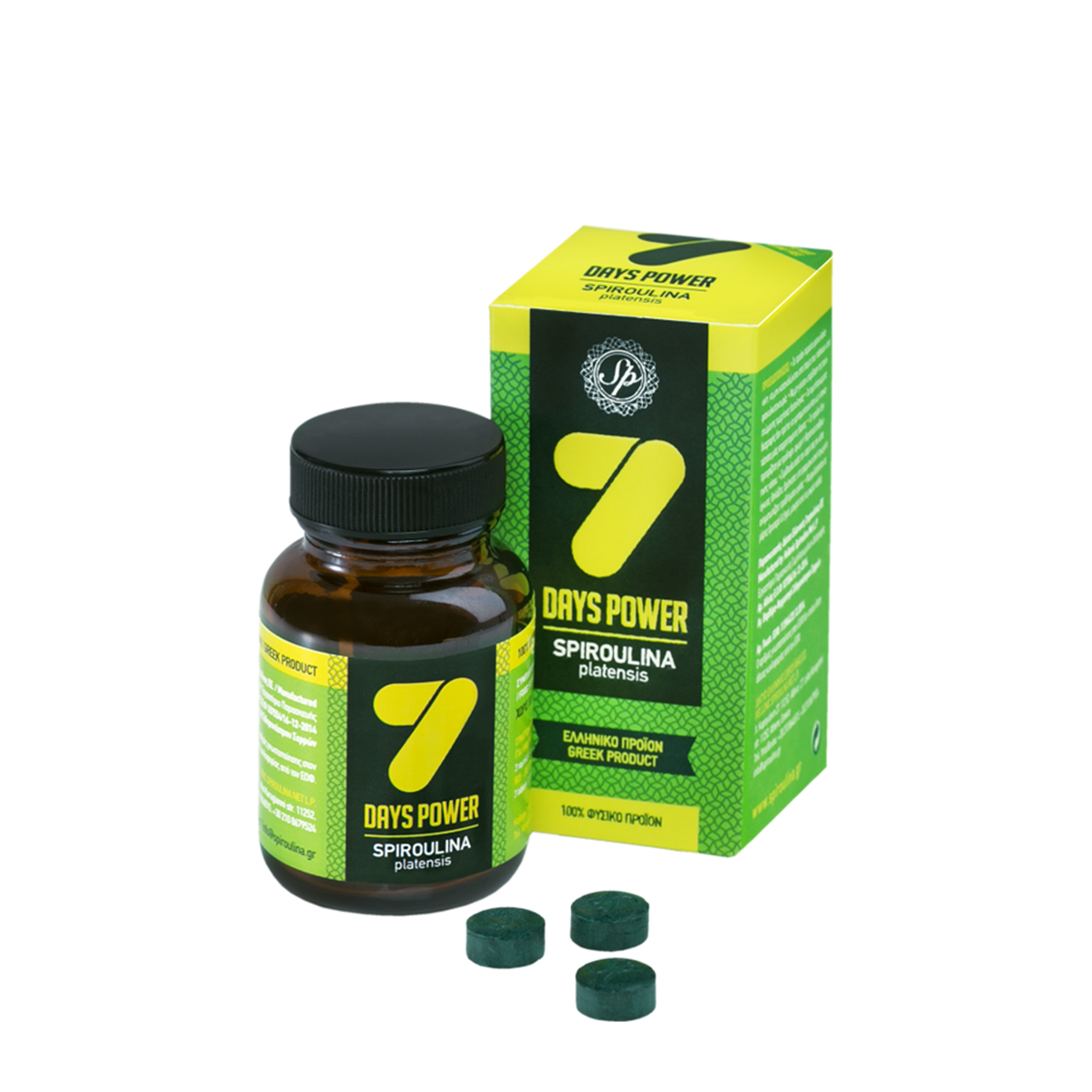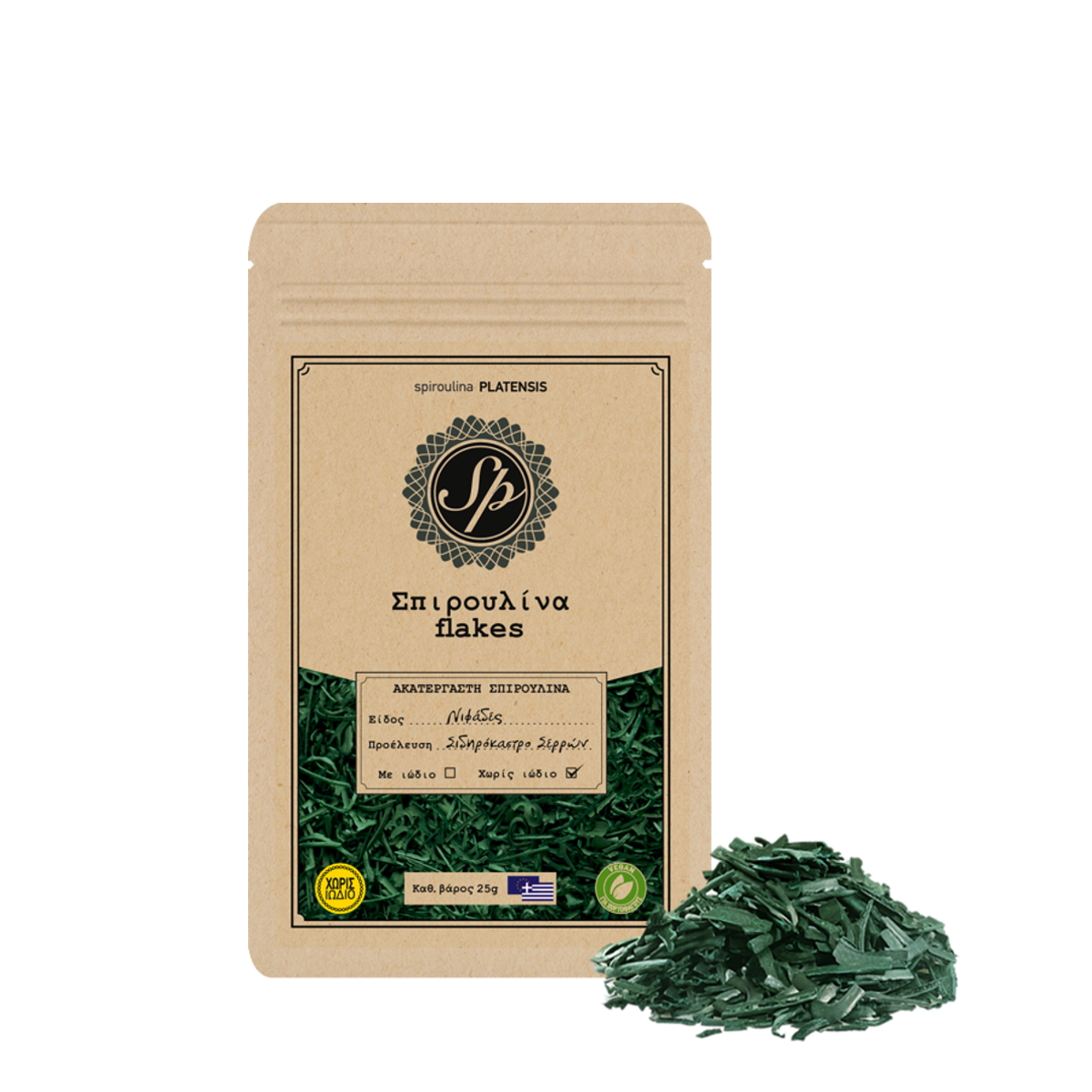The antioxidant properties of food have the main effect of neutralizing harmful free radicals produced in the body under the influence of various factors, such as stress, environmental pollution and excessive exposure to sunlight. According to research, the synergistic action of a wide range of antioxidants is better than the action of a single antioxidant, while antioxidants derived from natural sources show greater bioavailability and consequently better protective action than synthetic antioxidants.
Spirulina as a 100% natural product and with its rich content of nutrients with antioxidant properties, such as β-carotene, vitamin E, selenium, etc., has been the center of many scientific studies regarding its possible antioxidant action. Thus, laboratory studies have shown that alcoholic extract of spirulina inhibits lipid peroxidation more potent than chemical antioxidants such as α-tocopherol, BHA (butyl hydroxyanisole) and β-carotene, while its aqueous extract shows better antioxidant effect than the aqueous extracts of gallic and chlorogenic acid8. Also, spirulina extracts with hot water showed strong binding capacity of hydroxyl and lipid free radicals.
The antioxidant effect of spirulina is largely attributed to the presence of the phycocyanin protein.
Phycocyanin: a major antioxidant
Phycocyanin is a pigment protein found in spirulina in large quantities. It is responsible for the cyan color of the microalgae and has strong antioxidant properties. Thus, phycocyanin inhibits the formation of reactive oxygen species (ROS), while showing a strong ability to neutralize them. More specifically, it has a strong effect against the free radicals of hydroxyl, alkoxy and peroxyl 36 , the peroxynitride5 and the hypochlorite8 and the hypochlorite [8] anion, while inhibiting lipid peroxidation. The protective effect of phycocyanin against peroxyl red blood cell-induced red blood cell lysis has also been reported 35 .
The following are some of the health benefits of spirulina and phycocyanin due to their strong antioxidant activity.
Inhibition of lipid peroxidation
Lipid peroxidation is an important factor in damage or destruction of cell membranes. Studies have shown that phycocyanin significantly inhibits lipid peroxidation induced by ferrous ions (Fe2+) and ascorbic acid 37 or by carbon tetrachloride (CCl4) 6.
Spirulina and drug toxicity
Many drugs cause nephrotoxicity and cardiotoxicity through free radical scavenging mechanisms. Studies have shown that previous administration of spirulina or phycocyanin to animals has been shown to inhibit the toxic effects of various drugs 17 18
Spirulina and heavy metal toxicity
Spirulina has a protective effect against toxicity caused by heavy metals such as lead, cadmium and mercury. In particular, the administration of spirulina to animals that were poisoned by toxic metals helped maintain levels of important substances such as copper, zinc, iron, selenium, glutathione, peroxidase (S) and glutathione, which are reduced under the toxic effect of heavy metals 16 41
Spirulina and exercise
Research has shown that supplementing the diet with spirulina prevents oxidative damage to muscle tissue due to the formation of free radicals during exercise. Clinical studies in a sample of 16 students showed that the concentration of malondialdehyde (a product of lipid peroxidation) in their blood plasma, after exercise, decreased significantly when given spirulina, while the effect of peroxide dismutase (SOD) in the blood increased 21. Spirulina also delays the onset of fatigue during exercise.
Spirulina and hepatotoxicity
There are certain chemicals that are considered hepatotoxic, which is due to the formation of free radicals. An example is hepatotoxicity induced in mice by carbon tetrachloride (CCl4). Research has shown the hepatoprotective activity of phycocyanin against hepatotoxicity due to CCl4 42.
Spirulina and nitrogen stress
The harmful effects of active nitrogen radicals are known as nitrogen stress. Peroxynitrite anion (ONOO) causes the inactivation of important cellular functions, while inducing oxidative DNA damage. Research has shown that phycocyanin has the potential to effectively neutralize these anions 5.
Spirulina and neuroprotective effect
Recent studies performed on animals have shown the neuroprotective effect of spirulina, which is attributed to its ability to neutralize free radicals and its general antioxidant properties. According to research, phycocyanin could be used to treat neurodegenerative diseases such as Parkinson’s disease, Alzheimer’s disease and Huntington’s disease 8 34.
 FREE SHIPPING COSTS
FREE SHIPPING COSTS



